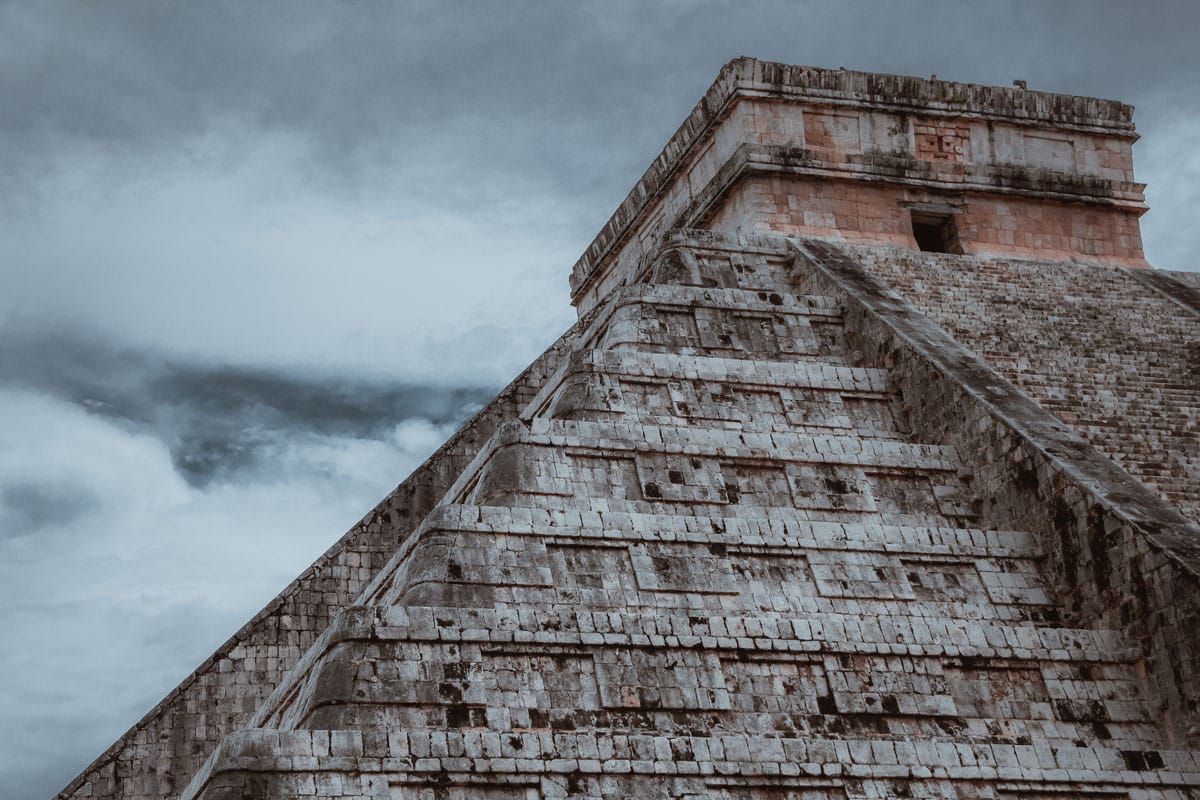There are many lost civilizations, some of which have left historians and scholars with more questions than answers. These are five of the most talked-about lost civilizations today:
1. The Maya Civilization
The Maya Civilization was the most advanced civilization of the pre-Columbian era. This civilization centered in the tropical lowlands that are now known as Guatemala.
The civilization reached its peak around the 6th century A.D. The Maya people were experts in the fields of agriculture, calendar making, mathematics, pottery, and hieroglyph writing.
They left behind a surprising amount of architecture and artwork some of which still survive. The great stone cities of Maya were abandoned by A.D. 900.
Scholars still debate over the reason behind the decline of the Maya civilization. Some scholars believe that by the 9th A.D. many people in the society realized that their environment cannot sustain the growing population and therefore left the cities and moved towards other locations. Others term constant warfare as the reason behind the decline, and some say that an intense period of drought wiped out civilization.
CHECK OUT: 5 Ridiculously Weird Historical Facts From Around The World
2. The Indus Valley Civilization
The Indus Valley Civilization is one of the earliest civilizations to have ever existed on the planet. Situated in current Pakistan and India, the Indus settlement began nearly 8000 years ago.
The Indus Civilization had a well-developed writing script that is still to be decrypted. The most astonishing finding was the sanitation system of the Indus Valley that was unparallel until the Romans.
The civilization occupied an area of 386,000 square miles around the coast of the Indus River, the largest river in Pakistan. The civilization met its doom around 1900 B.C. when the population left the city and migrated to other regions in Southeast Asia.
There are contradictory findings when it comes to the reasons for the migration of the Indus valley, including Aryan invasion, flood, earthquake, outbreaks of malaria or cholera, and difficulty in agriculture as the monsoon cycle stooped for nearly two centuries.
3. The Anasazi
The literal meaning of Anasazi is ‘ancient outsider’, the term was associated with a civilization that existed in the four corner regions of the United States.
The Anasazi employed a wide variety of products for high-yield crops in the area of low rainfall. However, the cliff dwelling of Anasazi is their defining characteristic that still mesmerizes archeologists, historians, and tourists. Some of these stone dwellings even contained hundreds of rooms and no other building in the United States was taller than them until the contraction of the first skyscraper in the 1880s.
Researchers believe that the decline of the civilization occurred due to massacre and cannibalism, signs of which have been found along with deforestation, water crisis, and long-term drought. The Anasazi left their homeland by 1300 A.D. and moved towards Southern regions.
CHECK OUT: 10 Moments In American History That Define The Nation Today
4. The Cahokia
Four centuries before Columbus landed on American soil, Cahokia was the largest and most influential urban settlement of the Mississippian culture. Cahokia was situated a few miles away from present-day St. Louis.
The civilization at its peak is known to have a population of around 20,000. The city featured many plazas and at least 20 earthen mounds, the largest of which is called the Monks mound.
The city was a natural trade hub during the 1000s and 1100s A.D due to its geographical location. Researchers believe that the doom of this city was brought by flood along with other social factors.
CHECK OUT: 10 Unexplained Ancient Artifacts From Around The World
5. The People Of Easter Island
Easter Island is one of the most isolated locations on the planet, it stands 1,200 miles east of Pitcairn Island and 2,200 miles west of Chile. The alleged first people to settle on the island were an organized party of immigrants dating back around 700-800 A.D., while some argue it was around the year 400.
Easter Island is famed for its 900 giant stone structures. These structures can still be found in different locations on the Island, and it is still unknown how these people managed to carve and carry these large and heavy structures.
Allegedly, the civilization fell into decline because of a civil war between powerful families that resulted in the death of thousands, and the remaining residents fled to escape the devastation.
